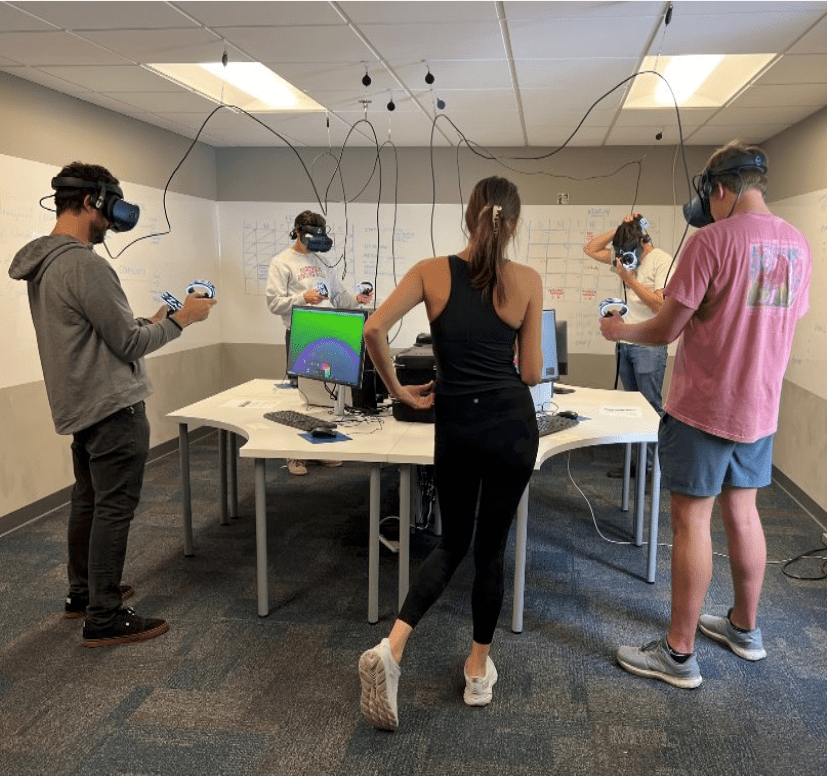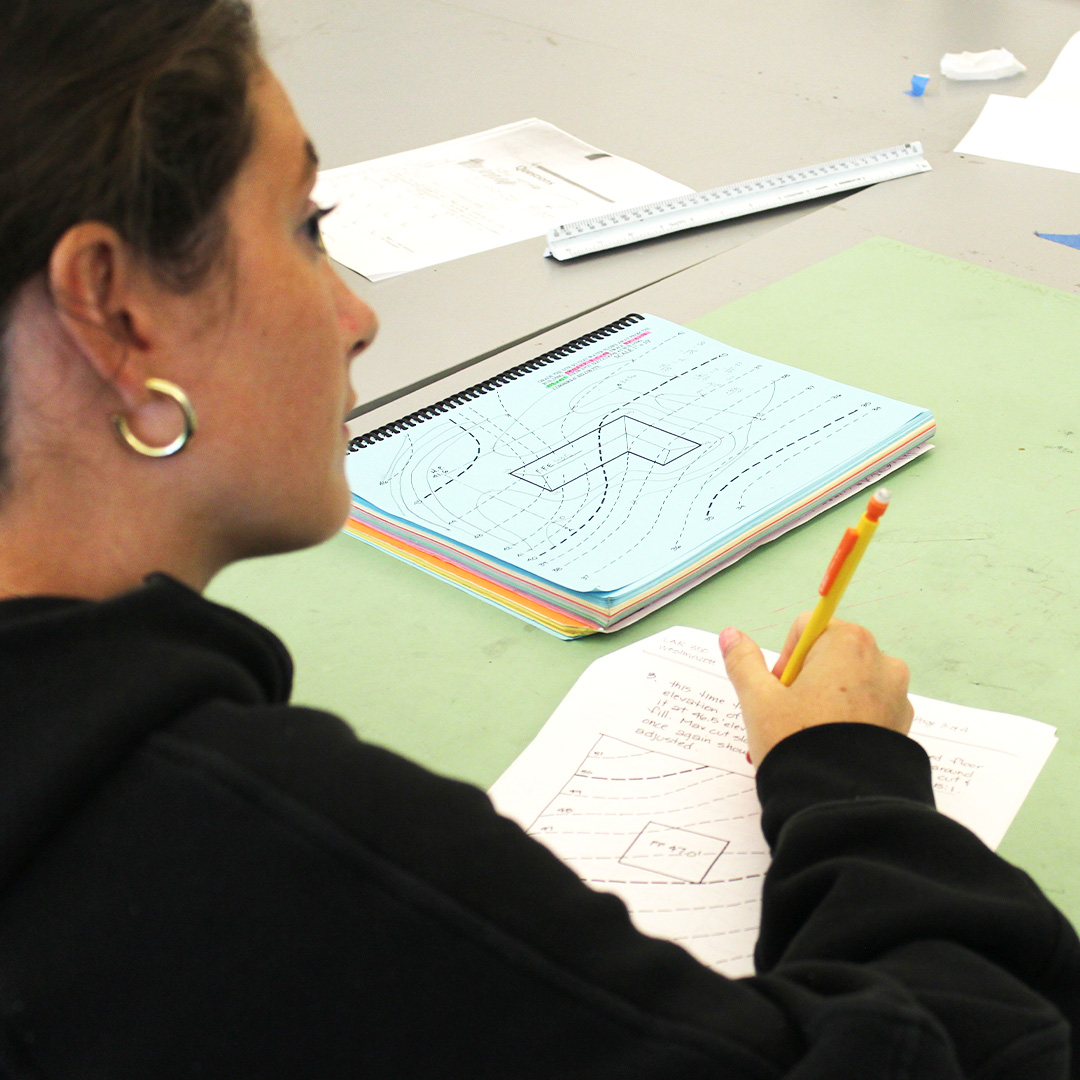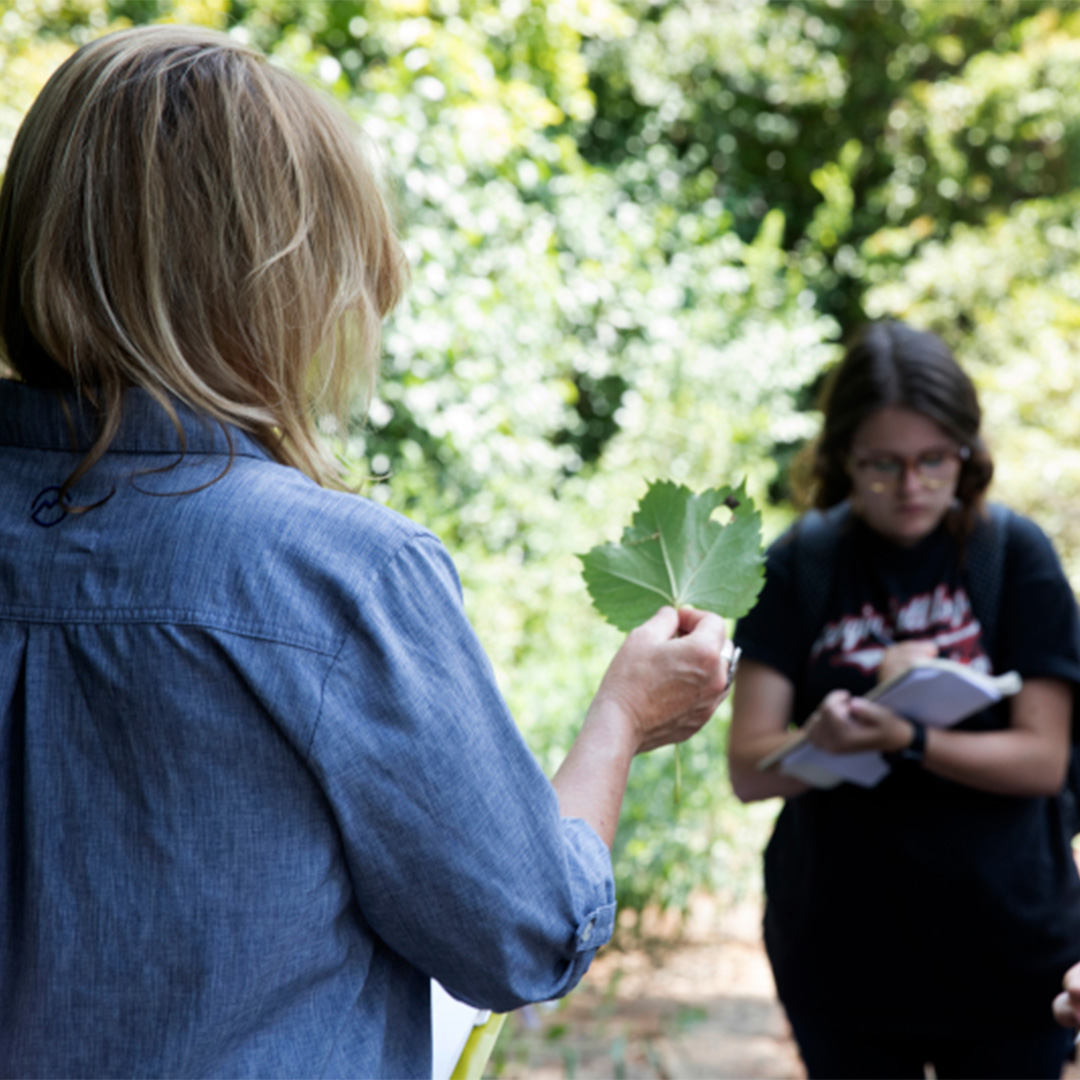Landscape Architecture is a STEM Discipline

The University of Georgia College of Environment and Design has always placed science, technology, engineering and mathematics (STEM) at the core of its landscape architecture curriculum.
But it wasn't until recently that landscape architecture was federally recognized as a STEM discipline.
“As a landscape architect, you’re creating space and connecting people’s wants and needs,” said Emily O’Mahoney, FASLA, President of the American Society of Landscape Architects. “But simple choices like choosing plant material or paving material can affect the public's health, safety and welfare.”
Coursework at the CED contains a high degree of STEM so students can enter the workforce with the skills to create healthy spaces that promote sustainability and accessibility.
All these aspects come together in CED coursework to create functional spaces that improve the experiences of others.
SCIENCE
“As landscape architects, we need to understand the science of the landscape and how plants grow, mature and respond to different conditions we place them in,” said CED lecturer James Schulte.
Schulte teaches “Planting Design,” a landscape architecture course where students learn how to place plants in the appropriate landscapes.
In class, Schulte’s students think proactively to create site designs. This means finding ways to achieve lasting results in a landscape by considering things like plant growth rates and how a landscape could change in the years to come.
“If plants are placed too close together for immediate impact, in five years they will become overgrown and you may end up with a messy landscape,” said Schulte. “But if you try to save money by planting sparsely, you won’t achieve the desired effect of the client and design.”
TECHNOLOGY

Students use software programs such as AutoCAD, InDesign and ArcGIS to draft and map site plans for their class projects.
Jessica Fernandez, a CED assistant professor, perhaps has the most exciting technology role at the CED. She serves as the head of the CED’s first virtual reality laboratory, where her students study the realm of human health and environmental psychology.
“The studies coming through the lab—no matter what level they’re at—are adding to the knowledge base in landscape architecture,” said Fernandez.
ENGINEERING
 For aspiring landscape architects, learning the basics of engineering is also important.
For aspiring landscape architects, learning the basics of engineering is also important.
“While engineering may not be the first thing expected out of a landscape architect, it's a very pivotal aspect of what we do,” said Schulte. “We engineer the landscape to help it better function to the specifications of our designs.”
Schulte's “Landscape Engineering” course teaches students engineering concepts such as calculating gradients, spot elevations and contours. Understanding these concepts helps students envision a landscape in 3D.
“We need to be able to look at a 2D drawing and recreate it in our minds so we know how our designs impact the existing sites,” said Schulte. “By doing this, we can visualize where to place site walls, stairs, ramps, drains, etc.”
MATHEMATICS

Thinking about the future also means considering financial goals; this is where STEM's mathematics side comes into play.
Donnie Longenecker, CED senior lecturer and Bachelor of Landscape Architecture Program Coordinator, teaches financial management strategies.
“In class,” said Longenecker, “We do a lot of cost estimation for the projects we design, and the students have to research pricing to figure out how to manage the budget for their overall project design.”
Longenecker’s students practice STEM skills in an annual competition, where cost estimation is pivotal to their success.
Understanding these basic principles is key to designing functional spaces that add value to people’s lives. Learn more from the American Society of Landscape Architects: https://www.asla.org/NewsReleaseDetails.aspx?id=63963

